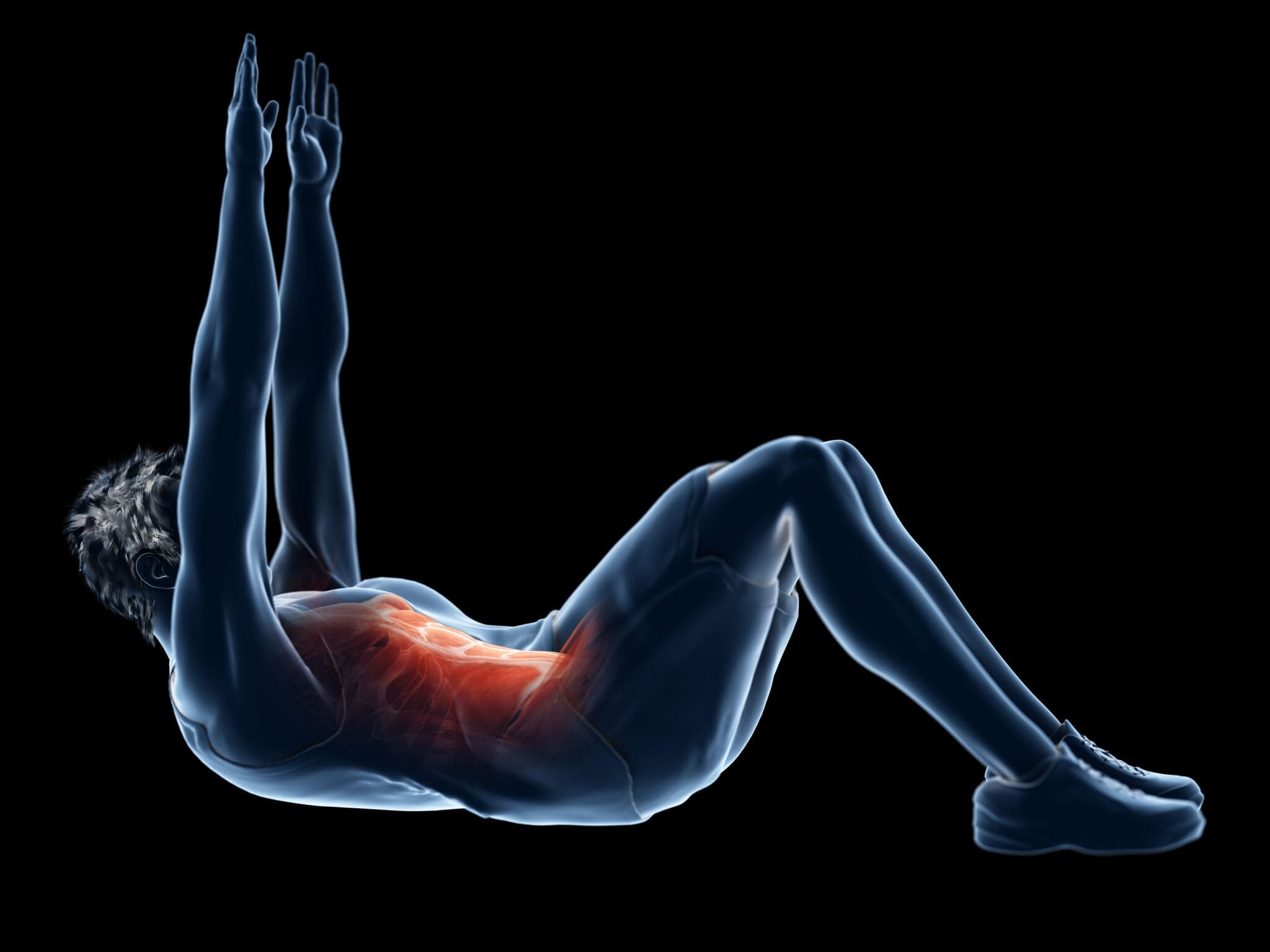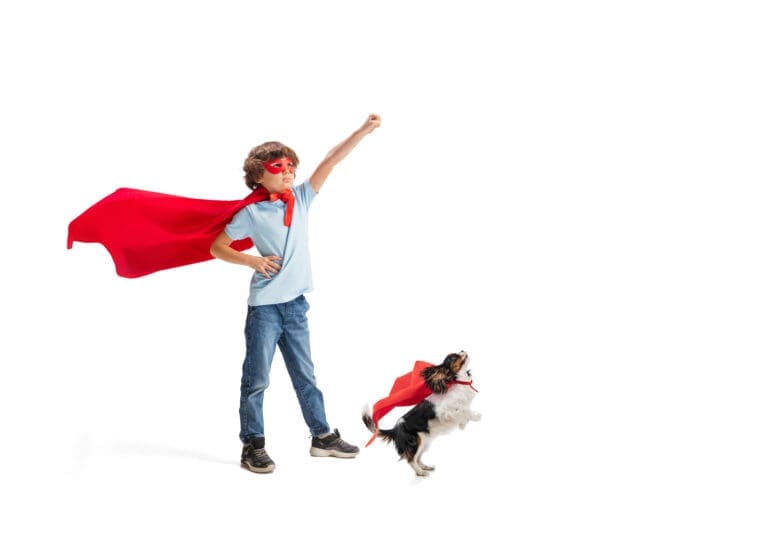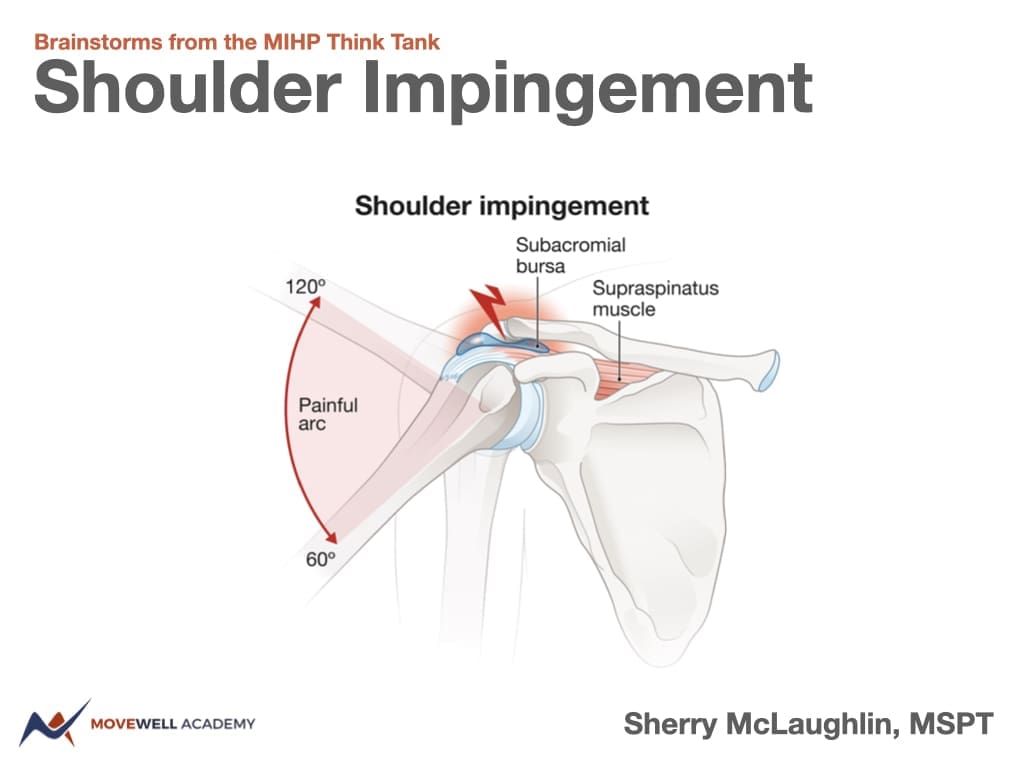Kinesiology Thursday – Crunches versus leg lifts – Does it matter?
Two common exercises people use to work their “abs” are not created equally and understanding the “why behind the what” can make all the difference in the world as to which exercise you choose. Let’s take a closer look.

The abdominal crunch primarily activates the rectus abdominus (RA), the most superficial of your abdominal muscles, in flexing the trunk against gravity. It is lined up to do that, but if you ask this muscle what it does in real life, it hardly does this. Unless you happen to hop out of bed in a funny way, the RA rarely flexes your trunk when you function. Gravity does that for you. Think about it. All you have to do is look down or start to bend forward and gravity pulls your trunk into flexion.
So why then do we have this muscle?
The primary role of the rectus abdominus is to decelerate and control trunk hyperextension. If you consider muscles only learn the lessons we teach, then this exercise falls short of training the abdominal muscles the proper way we need them to work in the real world. And if you understand what I just said, then you realize a more functional exercise for this muscle would be a push-up. This is what happens when you do a push-up and your abs AREN’T stabilizing your spine:

(I got this photo from this article on how to do push-ups right).
All is not lost for the crunch, however. If you are wanting to shut off the psoas major using the principal of reciprocal innervation, this exercise could be one to choose. The psoas major is often considered a hip flexor, but it is also an extender of the lumbar spine, making it an antagonist to the rectus abdominus. If an overactive hip flexor is the cause of your back pain, shutting it down by hyper activating the rectus abdominus in a crunch could be beneficial. I’ve found strong isometric contractions versus isotonic repetitions of a muscle best inhibit its antagonist.

What about the leg lift, or reverse crunch? Is that just a variation of the same thing?
Not really. Remember, the functional role of the abdominal muscles is to decelerate trunk hyperextension. As one lowers their legs during this exercise, the abdominal muscles are called upon to maintain a neutral lumbar spine. The abs don’t flex the hips, but the long lever arm of the legs being lowered causes the spine to want to extend. In this sense, leg lifts are more functional in the real world. If you’ve ever tried this exercise and found it easier to do by tucking your hands under your pelvis then you have proven this theory right. Placing your hands under your pelvis tilts it posteriorly, assisting your abdominal muscles in preventing lumbar extension.
If you want to throw in some rotational stability, consider this variation:

The scissor kick requires rotational stabilization of the spine, adding greater activation of the oblique muscles. Just like the leg lifts, the abs don’t kick your legs, they simply act as long levers creating a rotational force in the spine that requires stabilization. Whenever you alternate moving your legs or arms, you activate the deepest stabilizers, the transverse abdominus and internal oblique. The faster you move your legs, the more stabilization is required. It is something to aspire to as most lower back injuries occur due to lack of rotational stability of the spine.
But wait, aren’t functional exercises supposed to be in standing? Most functional activities are done in standing. I’ll admit to resisting supine exercises such as these for years based on that fact alone. But understanding the “why” behind the “what” opens up a world of options for getting the job done for our patients. Ultimately, greater spinal stabilization leads to better function.
Crunches don’t translate to standing function, but leg lifts do. Still, there is a time and place for both. And neither one of these gives you a six-pack. Six packs are made in the kitchen. (Unfortunately, so is pizza)
For a more in depth discussion on the core muscles and what they do, check out this THINK TANK from the archive.
Until next time…

Kind Regards,
MoveWell Academy
[email protected]












 The Overactive Piriformis
The Overactive Piriformis 

